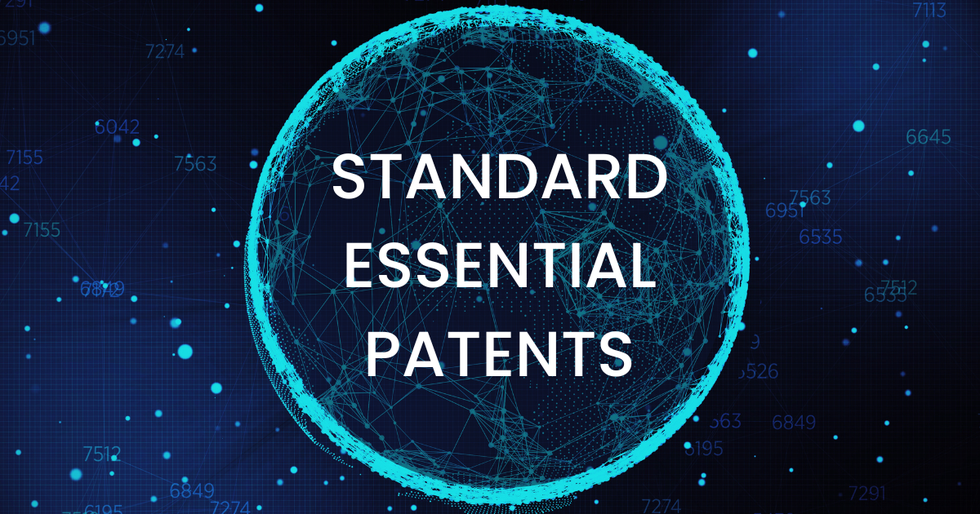In the realm of intellectual property rights, Standard Essential Patents (SEPs) play a crucial role, covering essential technologies needed to comply with industry standards.
Importance of SEPs
SEPs ensure interoperability and foster innovation by setting a standard for technologies within an industry.
Challenges in SEP Landscape
Recent legal developments have highlighted challenges surrounding SEPs, creating a complex landscape where innovation intersects with legalities.
Judicial Involvement
The judiciary’s role in the SEP domain has expanded significantly due to high-stakes litigation and evolving market dynamics.
Contention Over FRAND Licensing Terms
One key area of contention is fair, reasonable, and non-discriminatory (FRAND) licensing terms, which courts worldwide are grappling with.
Global Nature of Technology Markets
Jurisdictional differences in legal frameworks and enforcement mechanisms add complexity to SEP disputes, impacting industries globally.
Impact of Judicial Scrutiny
Judicial scrutiny affects market dynamics, investment decisions, and technological advancement, leading to heightened uncertainty for companies navigating the SEP landscape.
Stakeholder Responses
Stakeholders are exploring collaboration and dialogue to address SEP issues, with efforts focused on establishing best practices, streamlining dispute resolution mechanisms, and fostering transparency in licensing negotiations.
Conclusion
While the judiciary’s involvement in SEPs presents challenges, it also offers an opportunity for stakeholders to shape a more predictable and innovation-friendly environment.
Multiple Choice Questions (MCQs):
- What do Standard Essential Patents (SEPs) cover?
- A) Non-essential technologies
- B) Essential technologies required to comply with industry standards
- C) Technologies unrelated to industry standards
- D) Technologies with limited applicability
- What is one key area of contention surrounding SEPs?
- A) Patent infringement
- B) Trademark violations
- C) Fair, reasonable, and non-discriminatory (FRAND) licensing terms
- D) Contract disputes
- How does jurisdictional differences impact SEP disputes?
- A) It simplifies legal frameworks
- B) It adds complexity to SEP disputes
- C) It reduces uncertainty for companies
- D) It leads to standardized enforcement mechanisms
- What is one impact of judicial scrutiny on SEPs?
- A) Reduced uncertainty for companies
- B) Decreased investment decisions
- C) Hindered technological advancement
- D) Streamlined dispute resolution mechanisms
- What are stakeholders doing to address SEP issues?
- A) Ignoring the challenges
- B) Establishing best practices
- C) Increasing opacity in licensing negotiations
- D) Avoiding collaboration and dialogue
